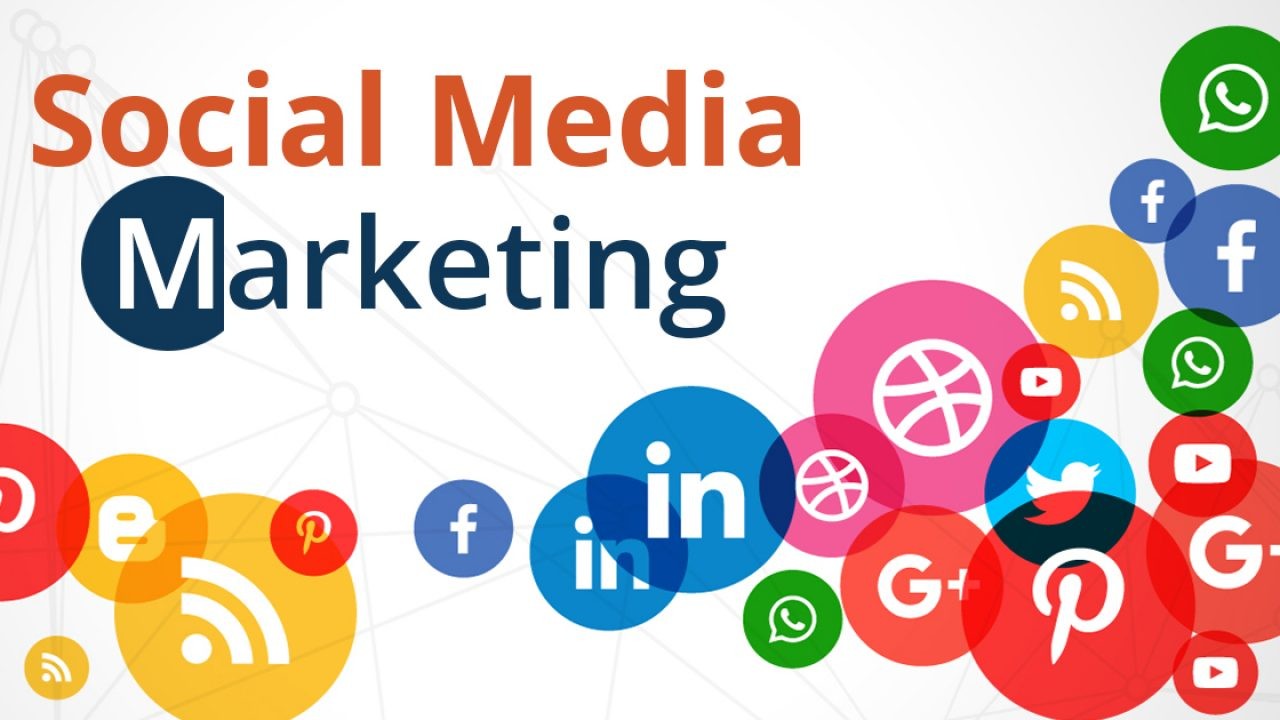
Effective Social Media Marketing Strategies: Comprehensive Guide
By Adedayo Oyetoke, Published on: June 7th 2024 5 min, 934 word Views: 920
In today's digital age, social media marketing has become an indispensable tool for businesses of all sizes. It allows brands to reach a global audience, engage with customers in real-time, and drive significant traffic to their websites. As social media platforms continue to evolve, so do the strategies needed to effectively market on them. In this blog post, we'll explore the most effective social media marketing strategies that can help your business thrive in this competitive landscape.
Understanding Your Audience
To craft an effective social media marketing strategy, understanding your audience is paramount. Knowing who your customers are, what they like, and where they spend their time online allows you to tailor your content to meet their needs. Utilize tools like Facebook Insights, Google Analytics, and surveys to gather data about your audience.
Example: A local coffee shop used Instagram polls and Facebook insights to discover that their audience preferred behind-the-scenes content and early-morning promotions. By adjusting their content strategy to focus on these preferences, they saw a 30% increase in engagement and foot traffic.
Content Creation and Curation
Creating engaging and high-quality content is the cornerstone of any successful social media strategy. This includes a mix of original content and curated content that resonates with your audience. Visuals and multimedia, such as videos, infographics, and high-quality images, tend to perform exceptionally well on social media.
A content calendar can help organize your posting schedule, ensuring consistent and timely updates. Tools like Hootsuite or Buffer can assist in planning and automating your posts.
Example: National Geographic's Instagram account is a prime example of content diversification. They use stunning photography, compelling storytelling, and interactive posts to keep their audience engaged, resulting in millions of followers and high engagement rates.
Leveraging Influencer Marketing
Influencer marketing involves partnering with individuals who have a large and engaged following on social media. Influencers can help amplify your brand's message, reaching audiences you might not have access to otherwise.
Choose influencers whose audience aligns with your target demographic. Micro-influencers (those with 1,000 to 100,000 followers) often have higher engagement rates and can be more cost-effective than macro-influencers.
Case Study: Daniel Wellington, a watch brand, used influencer marketing to great effect. They partnered with various influencers who showcased their watches in everyday settings, leading to a massive increase in brand visibility and sales.
Utilizing Paid Advertising
Social media advertising offers a range of options to target specific audiences, including Facebook Ads, Instagram Ads, LinkedIn Ads, and more. Setting a clear budget and using tools to measure your ROI is crucial for success.
Example: A small e-commerce store used Facebook Ads to target users who had visited their website but hadn't made a purchase. By retargeting these users with personalized ads, they saw a 25% increase in conversions.
Engagement and Community Building
Engagement is about more than just posting content; it's about interacting with your audience. Respond to comments, participate in conversations, and create opportunities for your followers to engage with your brand through polls, Q&A sessions, and user-generated content.
Example: Glossier, a beauty brand, has built a loyal community by actively engaging with their followers on social media. They regularly feature user-generated content, respond to comments, and involve their audience in product development.
Analytics and Adjustments
Tracking your performance is essential to understanding what works and what doesn't. Use tools like Google Analytics, Facebook Insights, and other social media analytics platforms to monitor key metrics such as engagement, reach, and conversions. Being flexible and willing to adjust your strategy based on data is crucial. Continuous improvement ensures that your social media efforts remain effective and relevant.
Example: A fashion retailer used Instagram Analytics to discover that their audience engaged more with stories than with feed posts. By shifting their focus to creating more stories, they saw a significant increase in overall engagement.
Cross-Platform Strategies
A cohesive strategy across multiple platforms can amplify your brand's message and reach a wider audience. Ensure that your brand voice and visuals are consistent, but also tailor your content to suit the unique features of each platform.
Example: Nike uses a unified strategy across Instagram, Twitter, Facebook, and YouTube, but they tailor their content for each platform. For example, they use Instagram for high-quality photos and short videos, Twitter for real-time updates, and YouTube for longer-form content.
Utilizing User-Generated Content
User-generated content (UGC) is a powerful way to build trust and engagement. Encourage your customers to share their experiences with your products and feature this content on your social media channels.
Example: Starbucks' #RedCupContest encouraged customers to share photos of their holiday-themed cups. The campaign generated thousands of posts, increasing brand visibility and engagement.
Internal and External Linking for SEO
Linking strategies are vital for enhancing your SEO and driving traffic to your website. Use both internal and external links within your content to provide value and improve search engine rankings. For example, you can refer to Wireless Terminal Contact Support for more insights into effective customer service strategies.
Linking to authoritative sources also adds credibility to your content. For instance, citing industry reports or case studies can provide valuable context and support your points.
Reference: According to a report by HubSpot, companies that blog see a 126% higher lead growth than those that don’t. You can read more about the importance of blogging in their detailed guide.
In conclusion, social media marketing is a dynamic and ever-evolving field. By understanding your audience, creating engaging content, leveraging influencer marketing, utilizing paid advertising, building a community, and continuously analyzing your performance, you can develop a successful social media strategy. Stay updated with the latest trends and be ready to adapt your approach to stay ahead of the competition.
